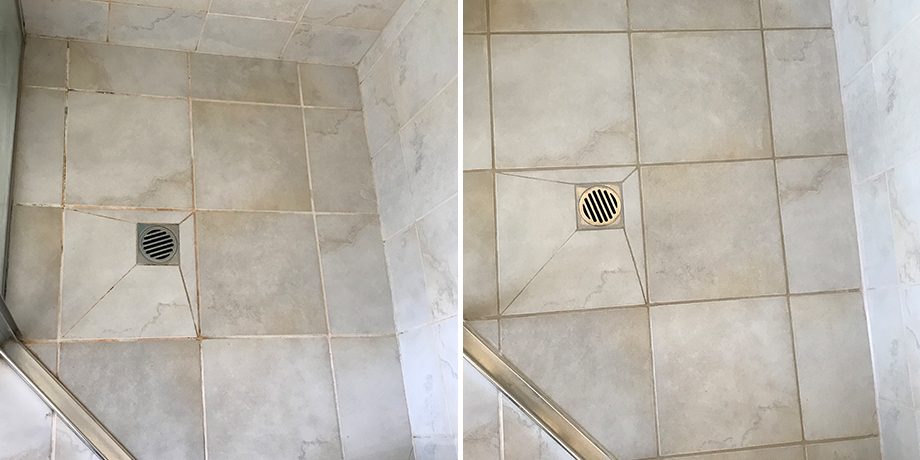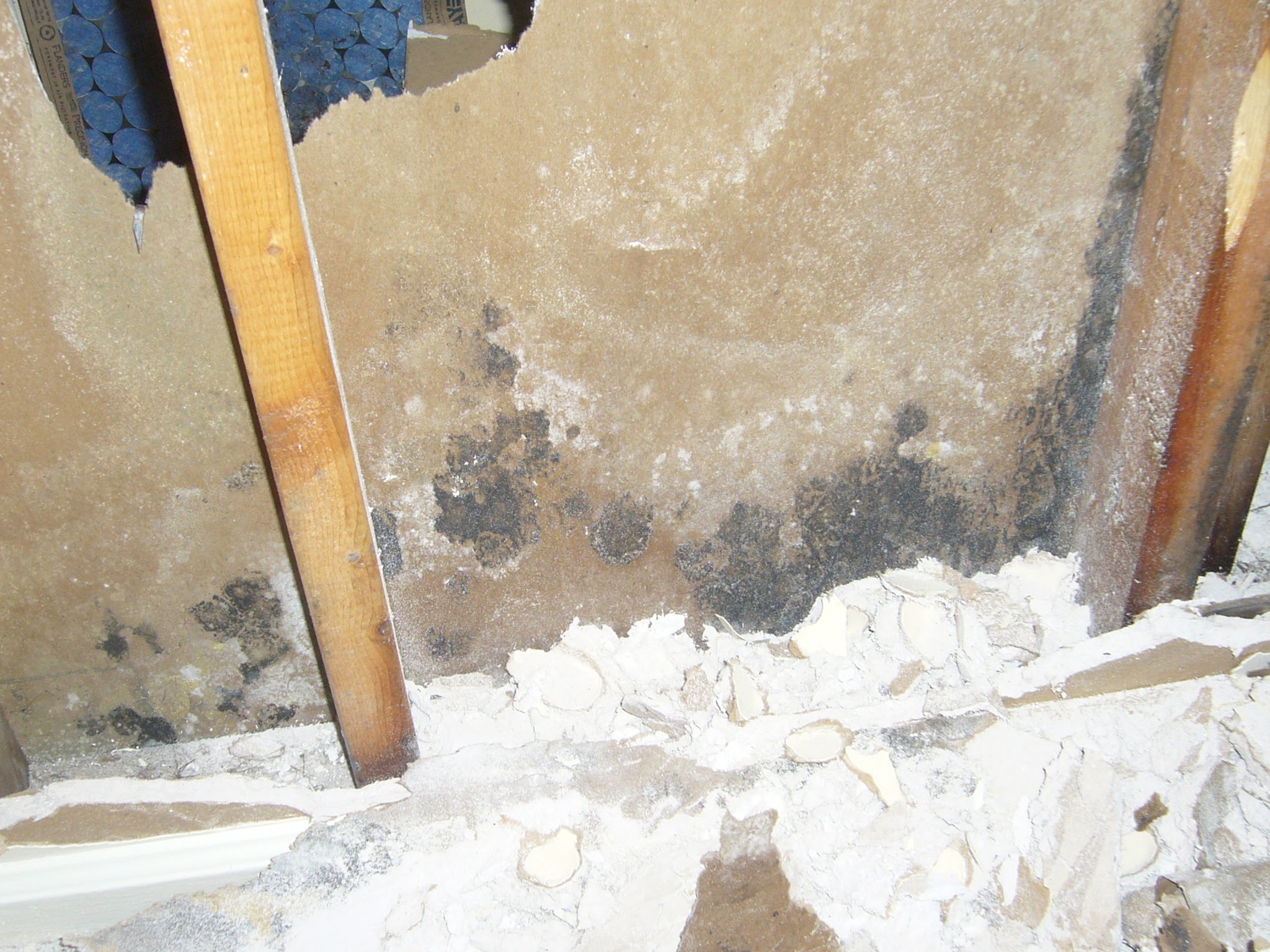Just How to Avoid Water Damage in Your Bathroom
Just How to Avoid Water Damage in Your Bathroom
Blog Article
Are you currently hunting for know-how about How to Repair and Prevent Bathroom Water Damage?

The washroom is exceptionally at risk for damp build-up as well as prospective water damage due to the frequent use of water in it. This write-up supplies straightforward assessment methods to help spotting water damage threats.
The constant use water in the shower room makes it incredibly susceptible for moist buildup and also prospective water damage. By inspecting it regularly, you can lower water relevant damages.
The following collection of assessments is simple to carry out and need to be done when in every three months in order to maintain your shower room in good shape and to stop potential water problems triggered by the bathtub, the shower, pipeline joints as well as plumbing, sinks, cabinets, and also the bathroom
Do not overlook performing these examinations as well as be complete while doing them. Keep in mind that these simple examinations can conserve you a lot of cash by supplying early signs for water damages
Sinks and Cabinets
Sinks and closets are revealed to moisture and also humidity day-to-day as well as are often ignored. Examine consistently under the sink as well as on the kitchen counter above it. Fix any type of drip in the catch as it may recommend drain troubles. Browse the sink, slow draining pipelines may indicate a blocked drainpipe. Replace sink seals if they are fractured or loosened.
Bathtub and also Shower
The shower as well as bath tub need unique attention and also maintenance. Inspect the floor tiles and change if fractured. Ensure that there is no missing out on cement between the floor tiles. Inspect as well as change cracked caulking at joints where the walls satisfy the flooring or the tub. Obstructed drains pipes and pipes troubles will certainly prevent the bathtub from drying as well as might indicate serious issues underneath the bath tub. Consult with a professional right away to stop architectural damage. Pay attention to discolorations or soft locations around the bathtub walls as they might show an internal leak.
Plumbing
Signs for water damage are difficult to identify since many pipelines are mounted inside the wall surfaces.
Pay unique attention to flooring as well as wall surfaces dampness and stains as they may suggest an undetectable plumbing trouble. Examine moisture levels in adjoining spaces also.
The Bathroom
The bathroom is an at risk water joint. Examine the water lines and look for leaks around the toilet seat, in the hose pipe, and under the water storage tank. If you spot any type of indications of wetness on the floor around the toilet, check for leaks in the toilet rim and tank seals.
Understand that hanging toilet bowl deodorants increases the opportunities for obstructions.
Water Damage Signs In The Bathroom To Avoid Cleanup
Musty smell
This is one of the easiest signs to catch because musty smells are so odorous. The damp, earthy, moldy smell should be a big red flag. The smell will develop when moisture gets trapped in surfaces, and begins to facilitate mold growth. Leaking pipes under cabinets, inside walls, and behind shower fixtures will cause moisture to stay trapped and not dry, which will lead to mold growth and spread. As soon as you notice any musty smells in your bathroom, have it checked for hidden water damage and cleanup signs.
Visible mold
If the smell isn’t there to give it away, sometimes you will actually see mold growth. Finding mold in your bathroom is a serious problem, because mold is very harmful to your health. By the time mold growth is visible, it also means that water damage has already occurred and been present for some time. The only way the mold problem can be resolved is to find the source of the moisture and get it stopped. To safely and adequately remove mold, you need to have professionals handle the remediation. Do not waste any time in getting mold problems addressed, fixed, and sanitized so that you can protect you and your family from the many respiratory symptoms caused by mold exposure.
Damaged floors
Bathroom floors should be able to withstand some exposure to water while still remaining in good condition. However, when excess exposure or water leaks occur, they will begin to damage even the most water-resistant flooring. If you notice any cracking, bubbling, staining, or warping on your bathroom floors, there is probably a water leak somewhere causing the distortion. If you notice areas of the floor have become softer, or even have a spongy feeling, there is probably damage to the subfloor. Subflooring is typically made up of plywood. When plywood is exposed to water or moisture, it will absorb it. Once it has become saturated, the weight of the excess water will cause the wood to swell and soften. Check the floors in your bathroom frequently to catch any of these sings before they lead to damaged subflooring.
Changes on walls
When water leaks behind walls, it will cause changes in the drywall. Peeling plaster, blistering paint, and soggy wallpaper are all good indicators that excess water is building up behind the wall. Water leaking behind drywall will cause it to swell and be soft to the tough. If you start to notice gaps along the trim of your walls, or where tile meets the wall, it could also be a strong indicator that there is a leak behind the wall. Any changes, distortion, or damage on the walls should be evaluated as soon as you notice it to prevent further water damage and cleanup.

We were shown that article on Preventing Water Damage in the Bathroom from a friend on our other website. Sharing is good. Helping people is fun. Thanks a lot for going through it.
View Report this page